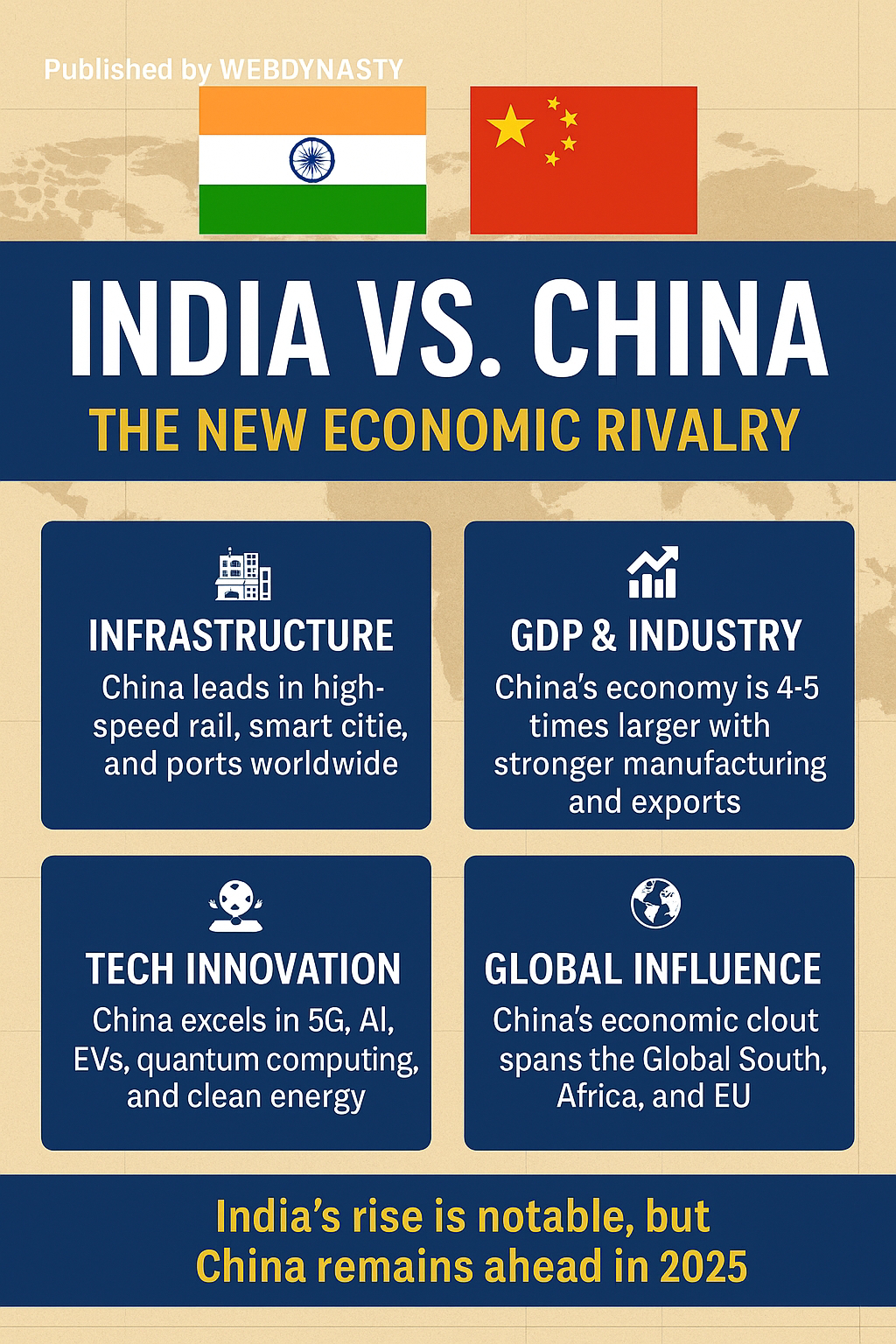AI Regulation in 2025: Are Governments Finally Catching Up?
🤖 AI Regulation in 2025: Are Governments Finally Catching Up?
Published by WEBDYNASTY | AI, Law & Policy, Global Governance
For years, artificial intelligence evolved in a legislative vacuum — moving faster than regulators could comprehend, let alone control. But in 2025, governments are no longer on the sidelines.
From data privacy to algorithmic bias, autonomous decision-making to deepfakes, the global regulatory landscape is finally taking shape. Countries across the world are rolling out enforceable laws, compliance frameworks, and oversight bodies aimed at managing the immense power of AI — before it manages us.
Let’s explore how the world’s major economies are tackling the AI challenge in 2025.
🇪🇺 European Union: Leading the Regulatory Pack
✅ Key Developments:
- EU AI Act Comes into Force (2025): The world’s first comprehensive AI legislation is now law. It classifies AI systems into risk categories — minimal, limited, high, and unacceptable.
- High-Risk AI Use Cases: Includes facial recognition, HR recruitment tools, predictive policing, credit scoring, and health diagnostics — all under strict oversight.
- Fines: Companies violating the rules can face penalties of up to €35 million or 7% of global turnover.
⚖️ Impact:
- AI developers must conduct conformity assessments before deployment.
- Tech giants like Meta and Microsoft are building “compliance-first” models for EU markets.
- Open-source models like LLaMA and Falcon now come with usage disclaimers and auditing tools.
"The EU is setting the AI rulebook, just like it did with GDPR," notes a Brussels-based tech law expert.
🇺🇸 United States: A Patchwork Becoming a Framework
✅ Key Developments:
- AI Safety and Accountability Act (2025): Passed after bipartisan pressure. Focuses on transparency, explainability, and liability for AI-driven decisions.
- White House AI Bill of Rights: Now adopted into federal standards — ensures individuals have rights to know, challenge, and opt out of AI-driven decisions.
- FTC and NIST Oversight: Actively investigating deceptive AI use in consumer markets and setting safety benchmarks.
⚖️ Impact:
- California, New York, and Illinois lead with state-level laws requiring AI audits for public-sector use.
- Companies using generative AI must now disclose it in product interfaces (e.g., AI-written text, images).
- Litigation rises over biased outcomes in hiring, loans, and insurance pricing.
🌏 Asia: Strategic Innovation with Guardrails
🇨🇳 China:
- Released AI Algorithm Registry Law — all algorithms must be registered, labeled by intent (e.g., recommendation, manipulation), and comply with censorship codes.
- Promotes “Positive AI” aligned with socialist values, while banning autonomous systems in education and judiciary.
🇯🇵 Japan:
- Balances innovation and ethics through AI Governance Guidelines with industry self-regulation.
- Encourages AI in eldercare, robotics, and public administration.
🇸🇬 Singapore:
- Launches AI Verify Foundation — global model for AI testing, risk reporting, and third-party assurance.
- Fast becoming the “Switzerland of AI regulation” with open, interoperable frameworks.
🔍 Key Global Trends to Watch
- AI Labeling Laws: Mandatory disclosures for AI-generated content, especially in political ads and news.
- Algorithmic Transparency: Black-box systems under increasing scrutiny; explainability becomes a compliance mandate.
- AI in Warfare: UN discussions intensify around banning autonomous lethal weapons (LAWS).
- Foundation Models Oversight: GPT-like models now require safety testing and watermarking tools pre-deployment.
🧠 Final Word from WEBDYNASTY
Regulation is no longer lagging — it’s catching up, fast. In 2025, governments are asserting control over the AI frontier, transforming it from a chaotic innovation landscape into one of governance, safety, and public accountability.
But the challenge is far from over.
The real question now is:
Can regulation evolve as fast as AI itself?
Because in this race, slow is not safe.
Let me know if you'd like a matching image, social caption, or a version of this blog formatted for LinkedIn or Medium!




Comments
Post a Comment